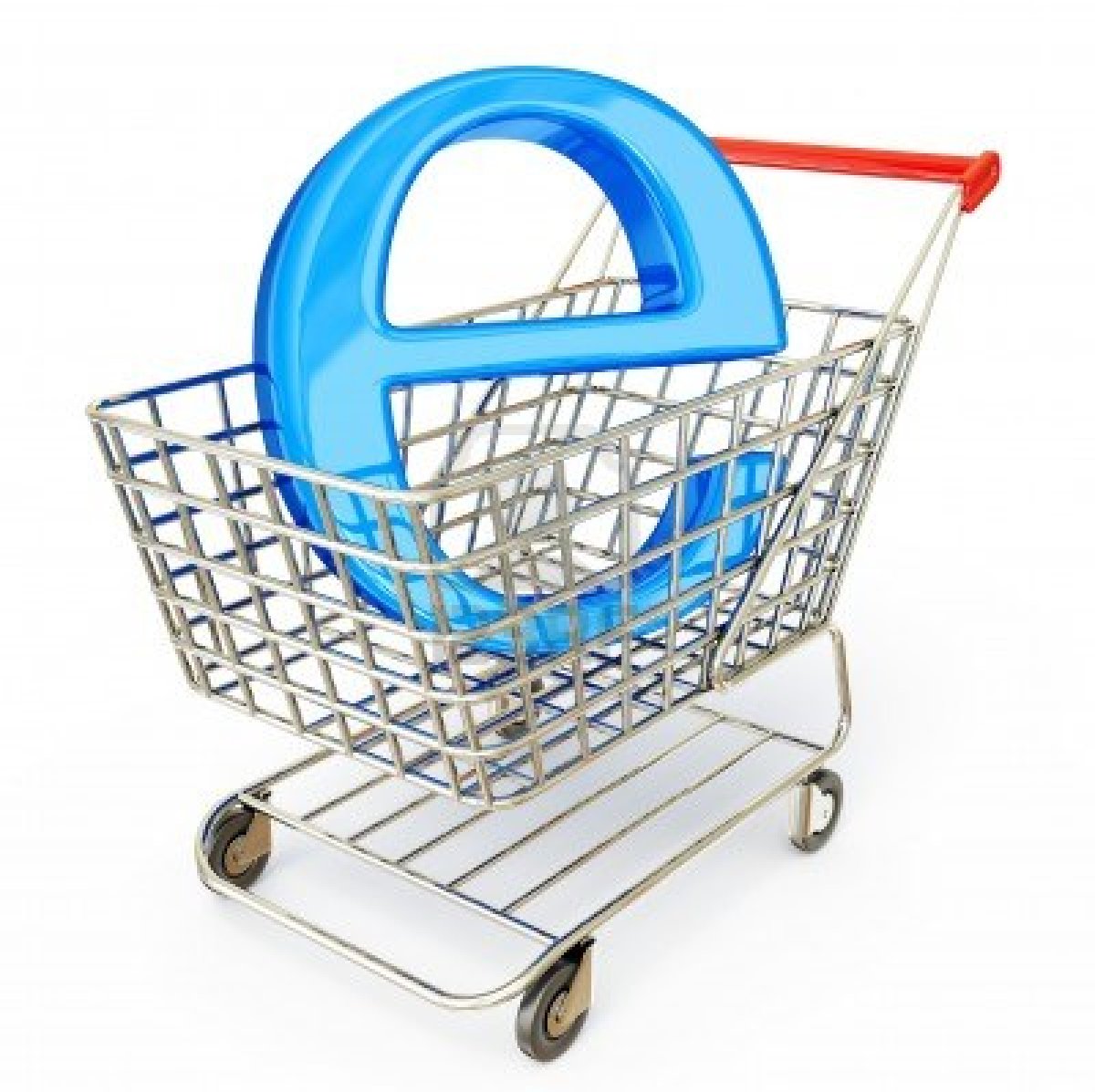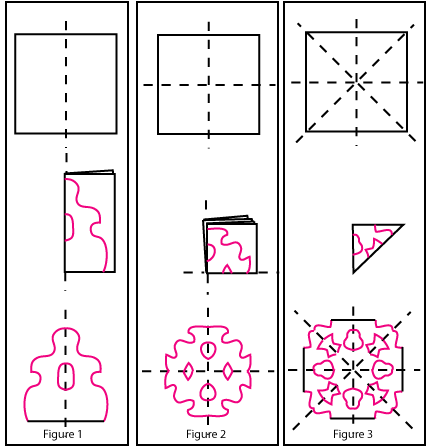Generally, you run out of things, or you can't find them, or you just don't have them. In this article, I will look at some essential tools that will make your beading journey a little easier.
 Beading Mat - these can be different things but generally have the non-slip mat surface that doesn't allow the beads to roll. This makes it much easier to pick up with your beading needle.
Beading Mat - these can be different things but generally have the non-slip mat surface that doesn't allow the beads to roll. This makes it much easier to pick up with your beading needle.
The beauty of a bead mat is that it doesn't take up much room. Can be rolled for easy storage, or for travelling if you wish to bead away from your beading table.
It's also a good idea to have more than one bead mat. You'll find that sometimes you may get stuck on a project, and instead of packing it all up, you can put it aside and start on something else, on a different mat.
It's also a good idea to have more than one bead mat. You'll find that sometimes you may get stuck on a project, and instead of packing it all up, you can put it aside and start on something else, on a different mat.
If you do stringing or would like to see the overall effect of lengths, then a bead board comes in handy.
Also, your needles will bend out of shape. Don't panic! this is quite normal. The way you hold your needle is unique to you, so your needle will shape accordingly.

Thread - There is quite a variety of threads for beading in the marketplace. I am often asked which is better. My answer is this: It depends what you are working on and also a personal preference.
I say, try a few, if not all different threads available, and see what works best for you. Obviously some will work better in certain applications. for example; If you prefer to use Nymo, KO, C-Lon etc, then it easy to match the thread colour to your beads. Fireline has a different strength and the 2 main colours available blend well with most beads.
 Scissors - scissors are an invaluable part of your beading project. You need to know though, that not all scissors are the same. Fireline will blunt your scissors, so it's best to buy a pair specifically for Fireline with serrated jaws. Nail scissors are also good if you are cutting small curved areas in bead embroidery. They will follow the contours easily without the struggle. Large paper scissors are useful for cutting out paper templates for embroidery pieces. A dressmakers unpick tool or a large pin will also come in handy when undoing work. As it will allow you to select individual threads in between the beads.
Scissors - scissors are an invaluable part of your beading project. You need to know though, that not all scissors are the same. Fireline will blunt your scissors, so it's best to buy a pair specifically for Fireline with serrated jaws. Nail scissors are also good if you are cutting small curved areas in bead embroidery. They will follow the contours easily without the struggle. Large paper scissors are useful for cutting out paper templates for embroidery pieces. A dressmakers unpick tool or a large pin will also come in handy when undoing work. As it will allow you to select individual threads in between the beads.
Adhesive/Glue - Whether you need to glue backing on a piece of bead embroidery, glue a cab or gemstone, Soutache threads, or beads together, among other things, you'll need the appropriate glue to do the job. There are quite a lot of glues on the market but the main ones that are used for beading are E6000. G-S Hypo Cement, Diamond Glaze, and Araldite.
Remember when you use the glues, and it doesn't matter which one, to use them in a well ventilated area. Some of those fumes can be quite strong. Also, let the glue cure.... that way you can be sure that the piece won't move. Scoop - Scoops are an invaluable tool and take on many shapes.
Scoop - Scoops are an invaluable tool and take on many shapes.A scoop can be a teaspoon, a triangular tray with pointy corners, a long half tube thing, small flour/sugar scoops, measuring spoons.... or even a small piece of paper folded in two. Scoops will help you put your beads back in their tubes or containers. They will help you organise your beads into colour piles on the bead mat. They will scoop out beads from larger containers. they will help you pick up dropped beads... and the list goes on. If you have the triangular or dish shaped scoops, then they can also double up as mini bead trays.
Magnifying glass - When the beads you work with are small, or you have poor lighting, then you will need something to make your work look bigger. One of the handiest things you can have is a desktop magnifyer. These come with or without light, but they make it so easy to see the beads. Magnifyers also come in other forms. You can buy magnifying glasses in different strengths. They can be bought in most shops these days and are relatively cheap, and easy to use. There are desk lamps that have a magnifying lens next to the globe. Also, there are specialty magnifying glasses. they're rather heavy duty, but if you do a lot of beading and your eyesight is suffering, then they may be a worthwhile investment.

Bead Stopper - These cute little coiled things not only stop your beads from slipping off the beading thread, but they also help control your tension when you start a piece. They also come in handy for keeping those small bags of beads closed when they dont have a zip lock.
Light - This is probably one of the most essential tools you will need. Without adequate lighting, your eyes will tire quickly, and become sore and irritated. Therefore reducing the amount of hours you bead. When you have the right amount of light, you can bead when inspiration hits you, that can be both day, and night.
Tape Measure/Ruler - You need one.... dont think you dont.
How will you know how long to make that bracelet? or have you made the necklace the right size for an average neck? The list goes on. Sometimes you'll need to measure focal beads/gemstones to know how many beads will go around them. The tape measure will go hand in hand with this:
Thread Burner/Lighter - A handy tool to tidy up the thread ends that poke out of your beadwork. Also the lighter comes in handy when joining 2 pieces of Firline together. (you can find reference to this in earlier articles)
Camera/Phone Camera - Another one of those tools that isn't used as much as it should. Sure you use a camera if you intend to show your creations to the world. But what about taking progress shots of your creation?
You dont need a fancy camera. In fact, even the camera on your mobile phone will do. You just need to create a record of what you create. It will also give you a date stamp, so in years to come, you can reference the photos to see when you actually created a piece.
If you get more adventurous with taking photos, you can invest with a Macro lens which will take really close shots. Also you'll then need some good lighting and a good set up etc.... but again, you can find reference in a previous article here on the Bead Mavens.
Paper & Pencil - This is a fairly obvious tool, but so many people dont use it. If you create Bead Embroidery pieces, then you may be some of the few that use it. Taking notes, and creating doodles of pieces you'd like to create is a great way of setting up a portfolio of ideas....
Display busts are also good for photographing your finished pieces on.
Even though some of you may have other tools you use when creating, this list is a fundamental list for beaders who bead with a needle and thread. It is also a list for use when creating with Kumihimo and Micro Macrame, and loomwork to name a few.
I hope you find this article helpful and it helps build yout checklist.
Happy Beading!
Neva
















 z
z n
n b
b )
)





 p
p -z
-z














